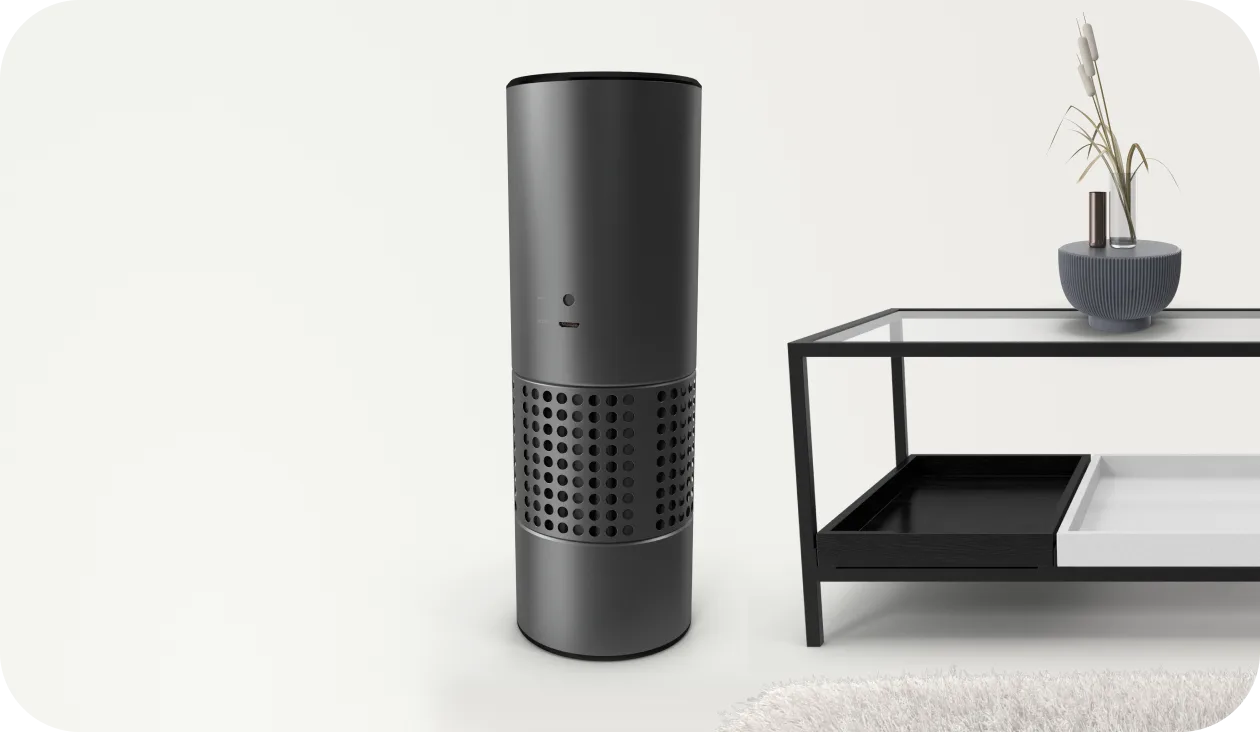
The Ultimate Guide: Choosing an Air Purifier for Allergies and Pets
Sharing your home with a furry companion is one of life's joys, but for millions, it comes with the unwelcome baggage of allergies. Constant sneezing, itchy eyes, and stuffy noses can make home life uncomfortable. The good news is that the right air purifier for allergies and pets can capture symptom-causing particles, clearing the air and restoring harmony to your home. This guide will walk you through everything you need to know to select the perfect model for your needs.
Understanding the Culprits: Pet Dander and Other Allergens
It's a common misconception that pet hair causes allergies. The real troublemakers are microscopic proteins found in your pet's dander (dead skin flakes), saliva, and urine. These particles are incredibly lightweight, allowing them to float in the air for hours before settling on surfaces. An effective air purifier works by pulling this contaminated air through a series of filters, trapping these allergens before you can breathe them in.
Key Features in an Air Purifier for Allergies and Pets
Not all air purifiers are created equal. When your goal is to combat allergens and pet odors, certain features are non-negotiable. Look for a multi-stage filtration system that includes a True HEPA filter to capture 99.97% of airborne particles like dander and pollen, and an Activated Carbon filter, which is essential for absorbing volatile organic compounds (VOCs) and trapping unwanted pet odors. A washable pre-filter is also a huge plus, as it catches larger particles like pet hair and dust, extending the life of the more expensive internal filters.
Decoding CADR and Room Size
CADR, or Clean Air Delivery Rate, tells you how quickly the purifier can clean a room. The rating is measured in cubic feet per minute (CFM) for three common pollutants: dust, pollen, and smoke. A higher CADR means faster purification. As a rule of thumb, the purifier's CADR rating for smoke should be at least two-thirds of the room's area in square feet. For instance, a 150-square-foot room needs a purifier with a CADR of at least 100. For severe allergies, choosing a model rated for a slightly larger space ensures the air is cleaned more frequently and effectively.
Ready to Find Your Perfect Match?
Now that you're armed with the essential knowledge, you can confidently evaluate your options. Understanding HEPA filters, activated carbon, and CADR is the first step to breathing easier. The next is to compare how the top-rated models perform on these critical features. By examining detailed performance reviews and head-to-head comparisons, you can make an informed decision and invest in the best air purifier for allergies and pets, ensuring a healthier and more comfortable home environment for everyone.








